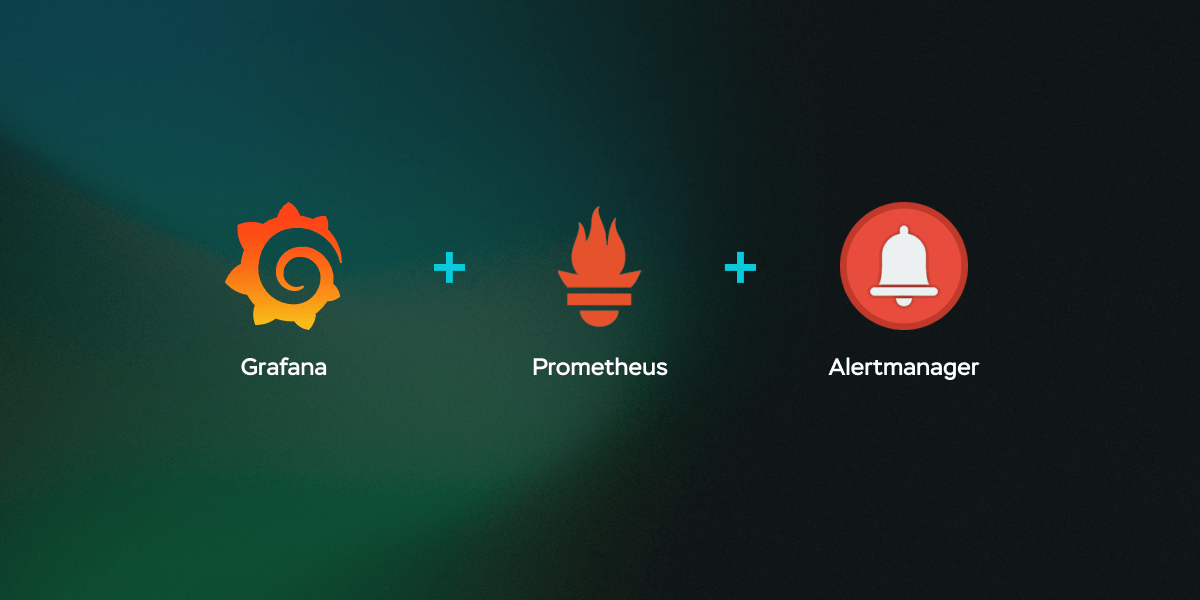1
2
3
4
5
6
7
8
9
10
11
12
13
14
15
16
17
18
19
20
21
22
23
24
25
26
27
28
29
30
31
32
33
34
35
36
37
38
39
40
41
42
43
44
45
46
47
48
49
50
51
52
53
54
55
56
57
58
59
60
61
62
63
64
65
66
67
68
69
70
71
72
73
74
75
76
77
78
79
80
81
82
83
84
85
86
87
88
89
90
91
92
93
94
95
96
97
98
99
100
101
102
103
104
105
106
107
108
109
110
111
112
113
114
115
116
117
118
119
120
121
122
| NAME
tail - output the last part of files
SYNOPSIS
tail [OPTION]... [FILE]...
DESCRIPTION
Print the last 10 lines of each FILE to standard output. With
more than one FILE, precede each with a header giving the file
name.
With no FILE, or when FILE is -, read standard input.
Mandatory arguments to long options are mandatory for short
options too.
-c, --bytes=[+]NUM
output the last NUM bytes; or use -c +NUM to output
starting with byte NUM of each file
-f, --follow[={name|descriptor}]
output appended data as the file grows;
an absent option argument means 'descriptor'
-F same as --follow=name --retry
-n, --lines=[+]NUM
output the last NUM lines, instead of the last 10; or use
-n +NUM to skip NUM-1 lines at the start
--max-unchanged-stats=N
with --follow=name, reopen a FILE which has not
changed size after N (default 5) iterations to see if it
has been unlinked or renamed (this is the usual case of
rotated log files); with inotify, this option is rarely
useful
--pid=PID
with -f, terminate after process ID, PID dies; can be
repeated to watch multiple processes
-q, --quiet, --silent
never output headers giving file names
--retry
keep trying to open a file if it is inaccessible
-s, --sleep-interval=N
with -f, sleep for approximately N seconds (default 1.0)
between iterations; with inotify and --pid=P, check process
P at least once every N seconds
-v, --verbose
always output headers giving file names
-z, --zero-terminated
line delimiter is NUL, not newline
--help display this help and exit
--version
output version information and exit
NUM may have a multiplier suffix: b 512, kB 1000, K 1024, MB
1000*1000, M 1024*1024, GB 1000*1000*1000, G 1024*1024*1024, and
so on for T, P, E, Z, Y, R, Q. Binary prefixes can be used, too:
KiB=K, MiB=M, and so on.
With --follow (-f), tail defaults to following the file
descriptor, which means that even if a tail'ed file is renamed,
tail will continue to track its end. This default behavior is not
desirable when you really want to track the actual name of the
file, not the file descriptor (e.g., log rotation). Use
--follow=name in that case. That causes tail to track the named
file in a way that accommodates renaming, removal and creation.
AUTHOR
Written by Paul Rubin, David MacKenzie, Ian Lance Taylor, and Jim
Meyering.
REPORTING BUGS
GNU coreutils online help:
<https://www.gnu.org/software/coreutils/>
Report any translation bugs to
<https://translationproject.org/team/>
COPYRIGHT
Copyright © 2025 Free Software Foundation, Inc. License GPLv3+:
GNU GPL version 3 or later <https://gnu.org/licenses/gpl.html>.
This is free software: you are free to change and redistribute it.
There is NO WARRANTY, to the extent permitted by law.
SEE ALSO
head(1)
Full documentation <https://www.gnu.org/software/coreutils/tail>
or available locally via: info '(coreutils) tail invocation'
COLOPHON
This page is part of the coreutils (basic file, shell and text
manipulation utilities) project. Information about the project
can be found at ⟨http://www.gnu.org/software/coreutils/⟩. If you
have a bug report for this manual page, see
⟨http://www.gnu.org/software/coreutils/⟩. This page was obtained
from the tarball coreutils-9.6.tar.xz fetched from
⟨http://ftp.gnu.org/gnu/coreutils/⟩ on 2024-02-02. If you
discover any rendering problems in this HTML version of the page,
or you believe there is a better or more up-to-date source for the
page, or you have corrections or improvements to the information
in this COLOPHON (which is not part of the original manual page),
send a mail to man-pages@man7.org
|



